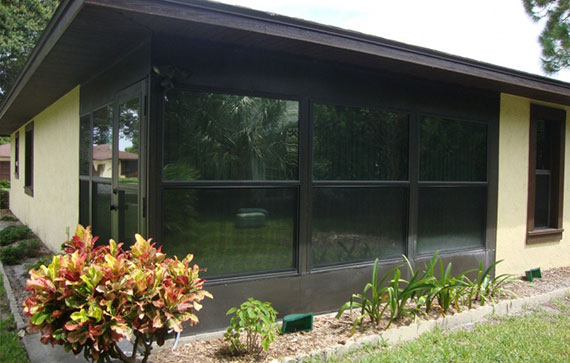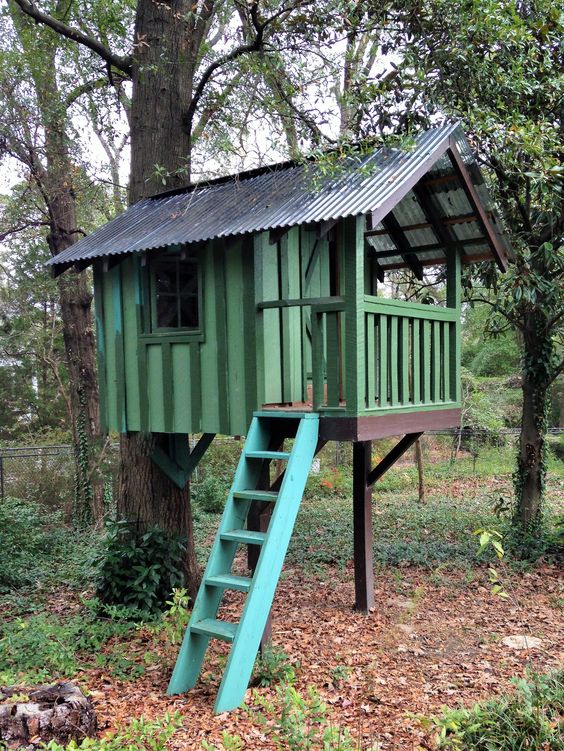Table Of Content

The darker the tinting means less light will enter into the home reducing glare. Widow films have excellent clarity not distorting your view through the glass. Moreover, residential window film can last throughout the course of home ownership, frequently surpassing 20 years, making a window film an added benefit. If you live in an area that has short days and is cold much of the year, window tints also might not be a real idea.
Reviews from Real Homeowners
Film is relatively easy to apply to square and rectangular windows, whereas it’s significantly more difficult to cut and apply film to rounded or oddly-shaped windows. Not only will labor costs be higher for windows in unorthodox shapes, but cutting film to fit these shapes might also waste some of the film you purchased. Dual-reflective films cost around $6 to $8 per square foot plus installation costs. Decorative glass tints act in a similar manner to the frosted variety, but they contain patterns and designs rather than a frosted look.
Find out what your home's worth, edit facts, and see the impact of home projects.
However, sometimes homeowners want to limit that light and heat for added comfort and energy savings. Frosted glass window tint films generally cost $6 to $10 per square foot plus installation costs, and frosted glass panels average $250 to $750 per window. The most important factor to consider when installing window tint on your home windows is to decide which type of window tint makes the most sense for your needs. When it comes to long-term savings, installing window film in your home can be a highly cost-effective choice.

Ultimate Guide to Home Window Tinting: Energy Efficiency, Privacy & Style
One advantage is that these are usually removable and reusable window films. They can't only be used on windows, but other household surfaces as decor. Decorative films can block UV rays at 80 percent to 90 percent and provide some privacy benefits.
It is best suited for moderate climates since it does not minimize heat protrusion or keep interiors particularly cool. In some cases decorative window tint is not shaded, rather frosted in appearance, or even colored or patterned. The overall goal is to help achieve a certain look or beautify a space and may simultaneously provide some privacy. They can be tailored to align with individual tastes and styles and are available in a range of designs, colors, and sizes from companies specializing in custom-printed window films. Depending on the film, it can lead to savings of up to 50% on cooling costs and a reduction of heat gain by up to 80%. The recommended Solar Heat Gain Coefficient range for residential window films is typically below 0.3 to 0.5 depending on personal preference or geographic location.
DIY Window Tinting vs. Hiring a Professional
Film applied to a domeshaped skylight or one made of plexiglass may not adhere well, and some contractors will not tint skylights if a manufacturer does not recommend it. If yours can be tinted, the labor costs will likely be greater due to access difficulty. Privacy films can also be decorative and come in a variety of colors and patterns.
In one of these events, the security film will help hold the glass together longer, thus decreasing the chance of injury. In the event of a home invasion, it would take a more considerable amount of effort for the intruder to breach the glass and gain entry, giving you time to react and call the authorities. Crafted from thicker materials and can be reinforced with shatterproof coatings designed to make windows harder to break. But, if your home windows are bare and tintless, your house will overheat inside and lack proper privacy from strangers or even just the neighbors peering in. Check each window and determine if it is double paneled, before tinting.
Contractors are likely to charge extra for application on rounded or oddly-shaped windows. It’s the concept of integrating nature in interior design—adding... Replacement windows with built-in screens are a great option for keeping your home comfortable. Tinting can also add to the resale value of your home—and save you a little money while you’re still living in it. Consists of a thin layer of carbon particles embedded in a polyester film.
Some contractors may have a minimum amount of required coverage per job, so having multiple windows tinted at once could end up saving you money. Contractors may also choose to offer a flat rate for particular jobs, such as sliding glass doors. Work with a professional to ensure you know what type of glass you are working with before applying window tint.

Although security window tint blocks out some UV light, its primary purpose is to make the property safer. These thicker and tougher films prevent the glass from shattering and falling apart. Plus, mirrored security films don’t allow people to see inside your home. Both tint film and labor costs for installation are commonly priced per square foot.
She previously worked in the decor and lifestyle spaces for digital publishers such as Hunker, First Media and Ranker and has multiple years of experience creating design and DIY content. Juan has been a home inspector for 10 years and runs a successful home inspection company in Richmond, VA. He loves inspecting homes, but his real passion is educating home owners and newer inspectors.
Expertise guarantees accurate installation procedures, ensuring the window film performs optimally and lasts longer. Additionally, a warranty offers assurance and security for you the homeowner, providing peace of mind in case any issues arise. When it comes to solar window film installation, you may be wondering whether to opt for professional installation or take the DIY route.
Metalized tinted windows may be your solution if you’re looking for a way to save money on your bill in the summer and winter. Made with various metals like nickel, copper, or aluminum, this tint deflects heat during the summer and keeps your home warm in the winter – similar to the solar window film. Another great alternative to adding privacy to your home is mirror films. You can transform your windows for the mirror reflection to be one-way or two-way. One-way installation means that people passing by will see their reflection while the person inside will still see outside. Two-way installations are less commonly used, which is where you’ll see your reflection while looking at the window on either side.
But you can tint your home’s windows, too, without the pesky legal drama — and you might want to. If you are seeking a lighter tint while providing the same benefits as the metalized and solar tint, there are hybrid films that blend the materials of dyes and metalized films. Depending on the chosen tint, it is possible a passersby will be able to see into your home at night. Decorative and frosted tints provide 24/7 privacy, but reflective tints are only effective for privacy during the daytime.
Energy-efficient windows blamed for starting fires - WRAL News
Energy-efficient windows blamed for starting fires.
Posted: Wed, 01 Mar 2017 08:00:00 GMT [source]
There are a few options that can provide security to keep your family safe while inside your home. All these factors combine to create a more consistently comfortable indoor environment, making window film a smart investment for any homeowner. Window films are flexible and can spread the load of an impact, say a flying tree branch, out over a wider area than unprotected glass can. The film makes the otherwise brittle glass more durable and much, much harder to break. Window films have overlapping feature sets so it is important to list primary and secondary features when determining what individual product will serve your needs best.
If the glass does end up breaking, the film will help keep the pieces of glass together, minimizing the chance of mess and injury. Often, bad actors will look through windows for enticing valuables or check to see if anyone is home. With tinted windows, most of the light hitting the glass will bounce back, creating a mirrorlike effect, making it more difficult to see inside your residence. When you hear “tinted windows,” you probably think first of cars—and the various degrees to which you can tint their windows within (or outside of) the law. But you can tint your home’s windows, too, without the pesky legal drama—and you might want to.

No comments:
Post a Comment